Introduction to Blockchain
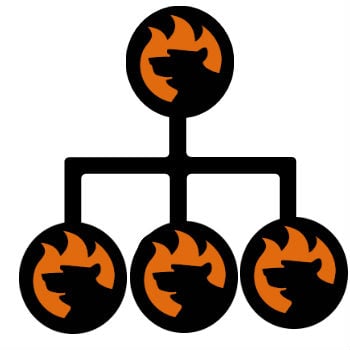
We’ve already created several posts related to Ethereum, so you might be already familiar with the blockchain technology. If not, you’ve come to the right place, because below you can find blockchain explained.

Blockchain is a database by nature. And since there are lots of various databases we should emphasize that it is related to distributed databases. Blockchain is used for maintaining a continuously growing amount of blocks with a timestamp and a link to a previous item (record or block – these are just synonyms). As a result a peer-to-peer connection occurs. Thus, the network is managed collectively in a full compliance with a protocol used to validate new blocks.
Another vital aspect of every blockchain is a resistance to data modification. If you want to change anything in a block, you should alter all subsequent blocks which cannot be done secretly. Therefore, blockchain is an opened and secure technology that allows to record transactions between two parties in a permanent way. Furthermore, the transactions can be fully automated with the same level of security. So, where can we use a blockchain?
There are lots of fields of application where the new technology can be leveraged. Due to its, security, flexibility, and transparency, blockchain can become a basis for the following activities:
- records management (including medical records);
- identity management (with extremely secure personal data protection);
- transaction processing (hassle free and super fast);
- document provenance, etc.
The blockchain technology achieved the highest popularity with Bitcoin becoming its core part. It was the first time the technology was conceptualized and now many people associate blockchain with bitcoin, but it is also used in other cryptocurrencies (e.g. Ethereum) and can be leveraged in other cases. In case of Bitcoin, blockchain is used as the public ledger for all transactions in the ecosystem.
Although Bitcoin was introduced in 2008, there are already several national currencies based on the blockchain technology. First of all, it is Tunisian e-Dinar which became the first state currency that fully leverages the blockchain technology. Another important example is eCFS. It is a blockchain-based digital currency of Senegal.

There are also some non-profit organisations that already leverage blockchain. For instance, Level One Project from the Bill & Melinda Gates Foundation or Building Blocks project from The U.N.’s World Food Program. Besides, the blockchain technology breathes a new life into decentralized networks, such as the Alexandria project – a blockchain-based decentralized library.
Now, let’s return to some technical aspects of the blockchain technology. Below, we shed light on the following topics:
- Nature of blockchain;
- Decentralization;
- Hard forks;
- Real openness;
- DApps;
- Alternative solutions;
- Various uses.
Table of contents
Nature of blockchain
As we’ve just mentioned, blockchain is a database, so it must contain records. There are only two types of them available: transactions and blocks. Each block holds valid transactions encoded into a hash tree. And since each block contains the hash of the prior block, all blocks in the blockchain are linked.
If several blocks are produced concurrently, a temporary fork can be created. Also note that there can be orphan blocks – all blocks that are not selected for inclusion.
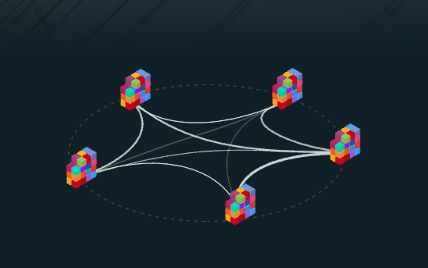
It is also necessary to mention that peers supporting the database always get new history versions. When a higher scoring version is received, the database is overwritten and the improvement to the peers are retransmitted. Thus, no particular entry can remain in the best history version forever. And the probability of an entry to become superseded is dramatically low.
Decentralization
Since data is stored across the whole network, the system reduces all risks of centralized data vulnerability. Public-key cryptography is often used to make the system secure. As a result, blockchain data is considered incorruptible.
As mentioned above, it is necessary to modify data in all blocks to change data stored in the blockchain, since every node has a copy of the whole blockchain. Massive database replication and computational trust are two key aspects responsible for data quality maintenance.
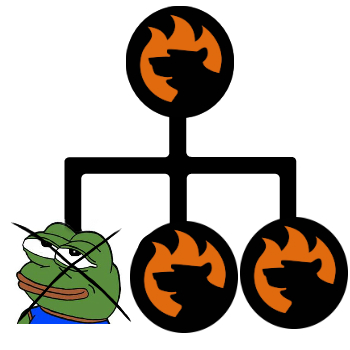
All blockchain users are equal: we can be equal at least on the Internet in the blockchain system! No one is trusted more than others, and no official reference or standard (that can be misrepresented) exists.
Everything works according with the following algorithm:
- The transaction is broadcast to the network (the special software is used).
- The messages is delivered (the network does not provide any guarantees that data is delivered).
- The transaction is validated by the mining node.
- The transaction is added to the block the mining node is creating.
- The completed block is broadcasted to other nodes.
Unfortunately, there is one risk related to decentralization. The more data the decentralized system helds, the higher probability of node centralization exists. It is because of growing requirements to computer resources necessary for operating that data.
Hard forks
When a blockchain is split into two chains it is called hard fork. The reason behind each hard fork is the usage of two distinct rule sets for system governing. That’s why we know have ETH and ETC – the conflict occurred leading to the hard fork of the system. Of course, historical premises may vary a lot depending on each individual situation, but the result is always called the same – hard fork. Is it a good or bad feature of blockchain? Perhaps, everything depends on the consequences. For instance, ETC was disabled for trading on major exchanges.
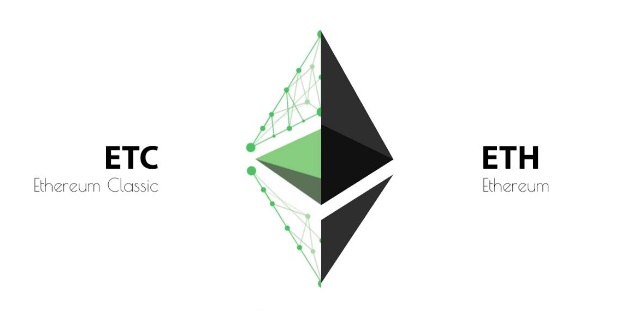
Real openness
As for real openness, it is illustrated by the fact that apps can be added to the network without any approval others. In this situation, the blockchain acts as a transport layer. The system has a permissionless nature.
At the same time, there are private blockchains that are independent of the public system. In contrary with the original networks, validators on private blockchain systems are vetted by the network owner. Thus, the real openness becomes questionable.
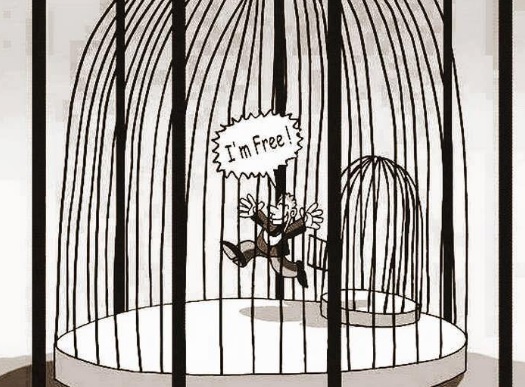
DApps
The blockchain technology provides lots of opportunities related to various business operating models in the long term perspective. Due to the decentralized nature, it is possible to create an absolutely new type of applications which are decentralized. This leads to a sufficient decrease of costs and better openness of every business. Thus, blockchain protocols facilitate companies to use new methods of digital transaction processing. Payment systems, crowd sales, prediction markets, and governance tools will never be the same. For instance, new methods are already available in the insurance industry. The rapid development of the blockchain mechanisms allows to leverage peer-to-peer insurance, parametric insurance, microinsurance. And banks can use blockchain to speed up back office settlement systems. It is even possible to create online voting systems, in which transparent elections all over the world are no longer a utopia.
Another important aspect of blockchain applications is smart contracts. They can be used to fully automate the work of applications. Furthermore, the coding of contracts can be executed when specified conditions are met. This can eliminate moral hazards and optimize various routine processes.
Alternative solutions
Since the blockchain technology was originally used as a basis for the Bitcoin ecosystem, all other platforms that rely on the technology are called alternative blockchains or simply altchains. Since core principles behind the original blockchain and altchains are the same, they have similar features and functionality. Of course, there can be lots of various nuances, but high performance, anonymity, such applications as smart contracts are always a part of each blockchain. For instance, Ethereum provides all the benefits of the Bitcoin ecosystem and introduces lots of new opportunities – check our post for further information: Ethereum – Revolution In Financial Transactions.

Various uses
Now, when you know that blockchain can become a basis for permanent, public, and transparent ledger system, we should figure out the sphere of its application. The blockchain wiki offers the following examples:
- Sales data compiling;
- Copyright registration authentication and rights data sorting;
- Digital content use tracking and payments to its creators.
These are just a few examples. You can vie the official website for more ideas on how a blockchain can be used in order to improve the existing mechanisms of interaction.









